The Orinda Rotary is holding its annual event to support schools, arts and seniors programs. If you would like to donate your wine to this event, your label will be advertised and you will get a donation letter from the Orinda Rotary. https://www.orindacarshow.com/enjoy-dancing-with-the-cars/
Please contact me @ Losarabisvineyards@gmail.com. Thanks.
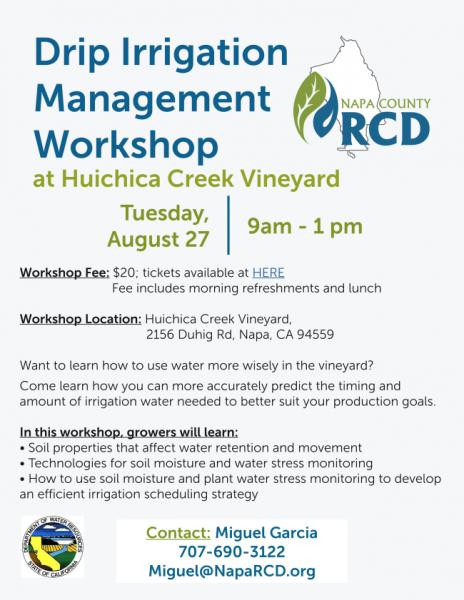
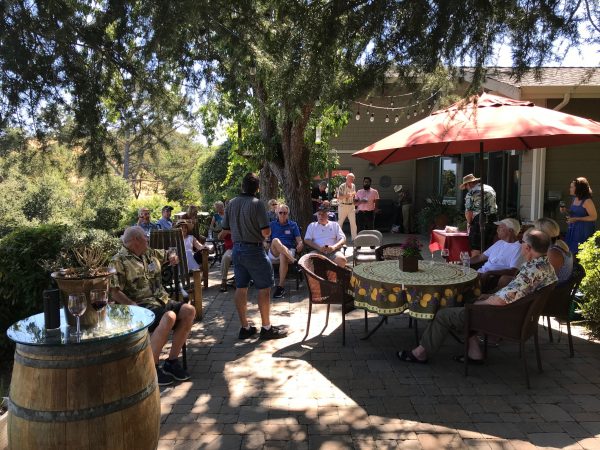
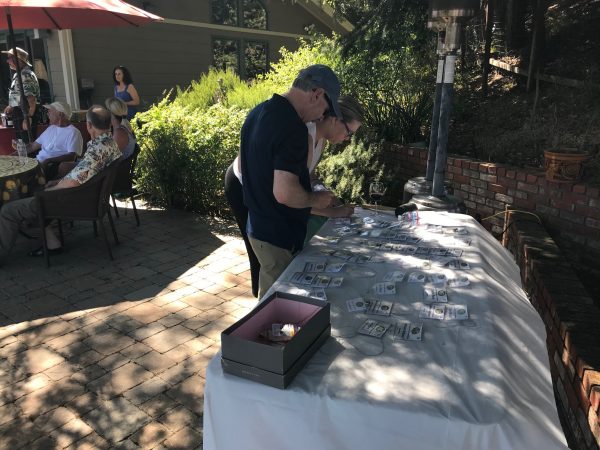
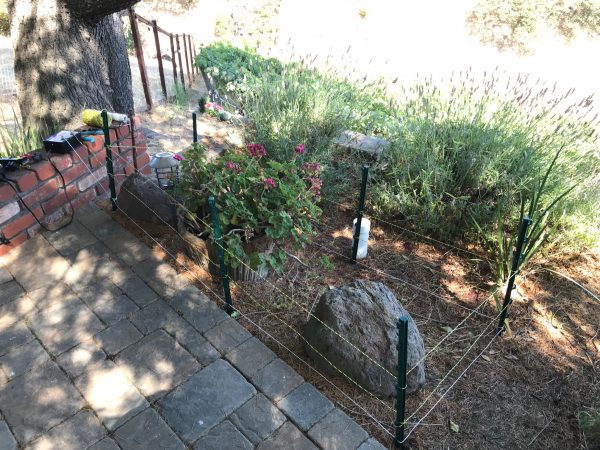
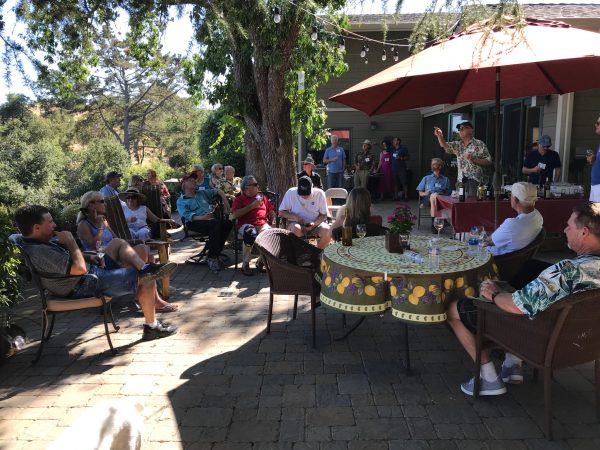
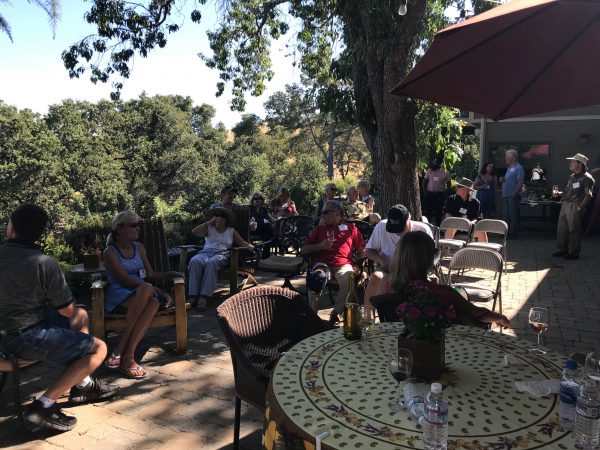
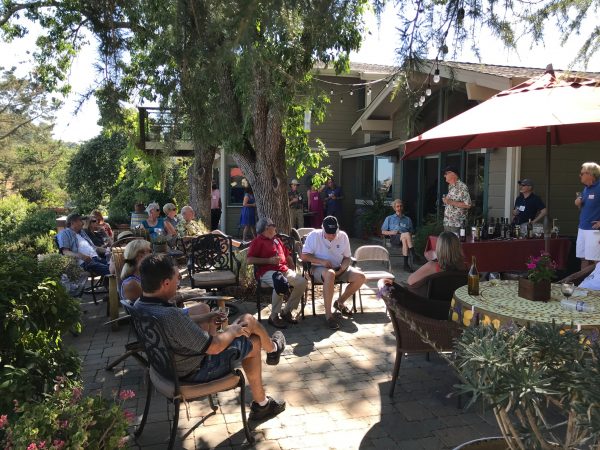
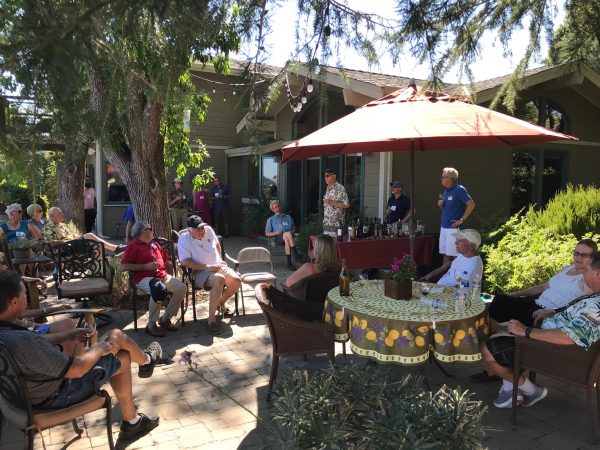




 Celebrating the Lamorinda Appellation Anniversary
Celebrating the Lamorinda Appellation Anniversary